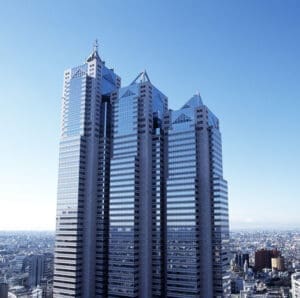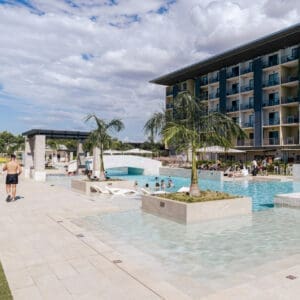 Makkah and Medina, Saudi Arabia, were the only major hotel markets in the Middle East to experience increases in revenue per available room (RevPAR) during Ramadan 2016, according to data from STR.
Makkah and Medina, Saudi Arabia, were the only major hotel markets in the Middle East to experience increases in revenue per available room (RevPAR) during Ramadan 2016, according to data from STR.
STR compared the 6 June to 5 July, 2016 time period with the dates of 18 June to 17 July, 2015. May 2016 year-to-date RevPAR percentage changes also were considered to provide further perspective and context.
Key findings
- RevPAR increased 8.3% in Makkah, driven by a 3.9% rise in occupancy and a 4.3% lift in average daily rate.
- RevPAR grew 2.6% in Medina, with occupancy up 1.5% and ADR up 1.1%.
- Muscat, Oman, witnessed the steepest decline in RevPAR, down from -18.6% during the May 2016 year-to-date period to -24.8% during Ramadan. The Ramadan RevPAR decrease in Muscat was driven mostly by a 14.0% drop in ADR.
- Dubai and Abu Dhabi, United Arab Emirates, each saw a similar pattern, with larger performance declines during the Ramadan period, albeit at different paces. Specifically during Ramadan, Dubai reported flat occupancy but an 11.6% decrease in ADR. Abu Dhabi reported a 7.7% decline in occupancy and a 7.2% drop in ADR.
- Performance in Manama, Bahrain, was heavily affected by the holiday. For the May 2016 year-to-date period, RevPAR was up 2.2% compared with the same period last year. During Ramadan, RevPAR declined 18.9%, which was mainly a result of a 12.7% decrease in ADR.















